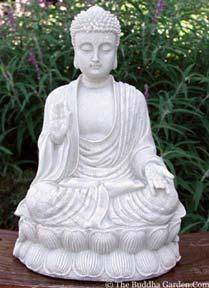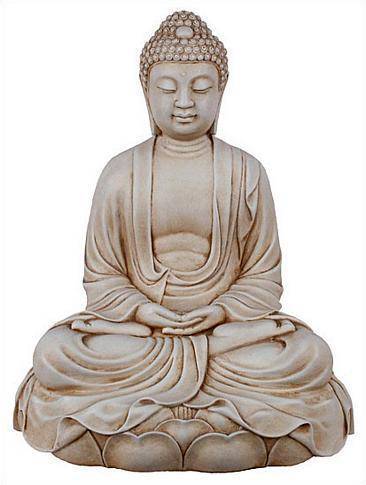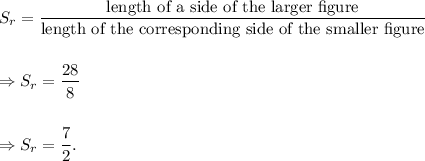 8
8 Answers are given below.
Explanation:
Andrew Carnegie claimed to be the rich person during the 19th century in the World by introducing the steel industry. Carnegie Steel Company transformed steel production in the United States.
In the cartoon, Andrew Carnegie on the left side showing notice to the workers about the reduction of wages.
On the right-hand side, he is offering money to Scotland and Pittsburgh with the library.
The cartoonist in Forty-Millionaire Carnegie in his Great Double Role, believes Carnegie to have a double role as he reduces the wages of workers in his industries to increase profits so that he can contribute to society.
As a philanthropist, he set up a trust fund that led to the building of thousands of libraries, educational institutes, and international peace.
 8
8 Answers are given below.
Explanation:
Andrew Carnegie claimed to be the rich person during the 19th century in the World by introducing the steel industry. Carnegie Steel Company transformed steel production in the United States.
In the cartoon, Andrew Carnegie on the left side showing notice to the workers about the reduction of wages.
On the right-hand side, he is offering money to Scotland and Pittsburgh with the library.
The cartoonist in Forty-Millionaire Carnegie in his Great Double Role, believes Carnegie to have a double role as he reduces the wages of workers in his industries to increase profits so that he can contribute to society.
As a philanthropist, he set up a trust fund that led to the building of thousands of libraries, educational institutes, and international peace.
 5
5 B: A way to draw precise figures using a compass and a straightedge.
Step-by-step explanation:
In geometry, the term 'construction' refers to the draw geometrical shapes and figures accurately. The lines, angles, figures, and shapes are drawn with the help of a compass, ruler, and pencil. Arcs and lines are drawn neatly and angles are constructed. The lines and shapes are constructed without known lengths or angles with the help of the compass, pencil, and ruler.
 5
5 B: A way to draw precise figures using a compass and a straightedge.
Step-by-step explanation:
In geometry, the term 'construction' refers to the draw geometrical shapes and figures accurately. The lines, angles, figures, and shapes are drawn with the help of a compass, ruler, and pencil. Arcs and lines are drawn neatly and angles are constructed. The lines and shapes are constructed without known lengths or angles with the help of the compass, pencil, and ruler.
When our bodies are dry and wind blows by, we lose some energy to the air molecules. When are bodies are wet, we have a substance on our skin that likes to absorb heat. So when wind blows by, we lose a LOT of energy to the air molecules. When the body loses heat energy, our body temperature drops.
Explanation:
hope it helps
plzz mark it as brainliest...
False
Explanation:
There are many different styles of Buddha statues that usually vary by the position of Buddha's hands. Over a hundred different hand gestures exist and each of them conveys a different spiritual meaning.
For example, the depiction of Buddha with the right hand raised and facing outwards has two meanings: the Protection Buddha (the raised right hand symbolizes a shield) and Overcoming Fear (the one being protected has nothing to fear). You can see this depiction of Buddha in the first picture.
The Buddha depicted with both hands facing up on his lap and legs crossed in the Lotus Position is called the Meditation Buddha. People usually buy this statue if they want to set up a peaceful corner in their home where they could relax and think. The second picture shows what this representation of Buddha looks like.


When our bodies are dry and wind blows by, we lose some energy to the air molecules. When are bodies are wet, we have a substance on our skin that likes to absorb heat. So when wind blows by, we lose a LOT of energy to the air molecules. When the body loses heat energy, our body temperature drops.
Explanation:
hope it helps
plzz mark it as brainliest...
False
Explanation:
There are many different styles of Buddha statues that usually vary by the position of Buddha's hands. Over a hundred different hand gestures exist and each of them conveys a different spiritual meaning.
For example, the depiction of Buddha with the right hand raised and facing outwards has two meanings: the Protection Buddha (the raised right hand symbolizes a shield) and Overcoming Fear (the one being protected has nothing to fear). You can see this depiction of Buddha in the first picture.
The Buddha depicted with both hands facing up on his lap and legs crossed in the Lotus Position is called the Meditation Buddha. People usually buy this statue if they want to set up a peaceful corner in their home where they could relax and think. The second picture shows what this representation of Buddha looks like.


Answer: B. It takes on different appearances,
showing how deceptive evil is.
 15
15 The correct option is (B) 
Step-by-step explanation: We are given to find the ratio of the perimeters and the ratio of the areas of the larger figure to the smaller figure in the picture.
The SIMILARITY ratio of two figures is given by the ratio of the length of a side of the first figure to the length of the corresponding side of the second figure.
Therefore, similarity ratio of the given figures is

(a) We know that the ratio of the perimeters of two similar figures is equal to the similarity ratio of the figures.
Therefore, the ratio of the perimeters of the larger figure to the smaller figure is

(b) We know that the ratio of the areas of two similar figures is equal to the ratio of the square of the length of a side of the first figure to the square of the length of the corresponding side of the second figure.
Therefore, the ratios of the areas of the larger figure to the smaller figure is

Thus, the required ratios are 
Option (B) is CORRECT.

It will provide an instant answer!
